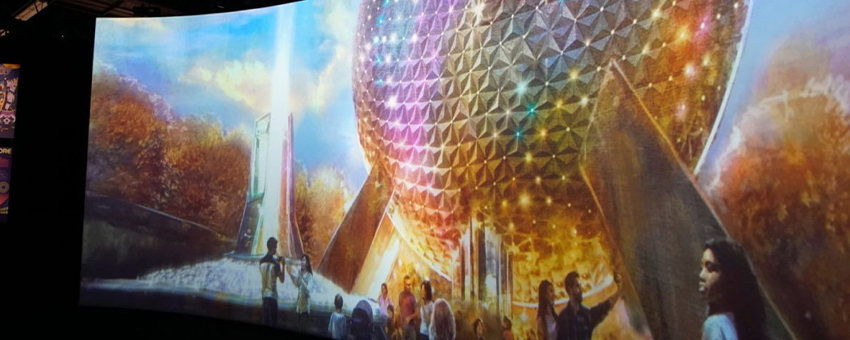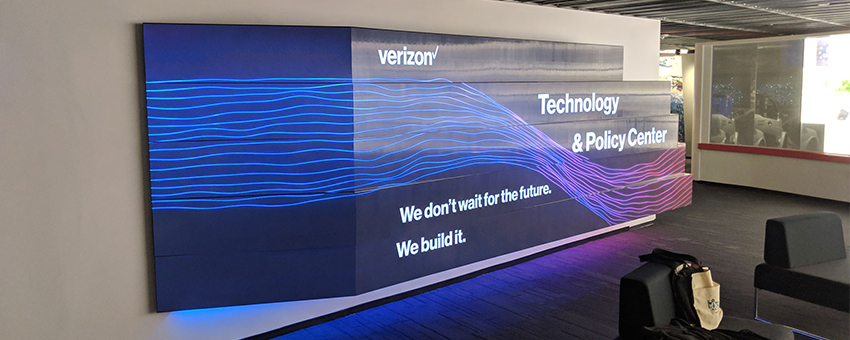1. Introduction
Traditional display technologies such as LCD splicing screen or projectors have long been constrained by physical bezels, insufficient brightness, and ambient light interference. The advent of Direct View LED video wall marks a qualitative leap in display technology, transitioning from “passive emission” to “active creation.”
Core Technology Analysis
The essence of Direct View LED lies in its unique self-emissive structure. Each pixel is composed of directly arranged red, green, and blue micro-LED chips, capable of generating 16 million colors through precise current control—without requiring a backlight. This design delivers two revolutionary advantages:
Pixel-Level Light Control: Unlike traditional LCDs that rely on global backlighting, each LED in a Direct View LED video wall can be independently switched, achieving a native contrast ratio of 1,000,000:1. This ensures perfect reproduction of details, from starlight in darkness to metallic reflections under sunlight.
Limitless Tiling Potential: Modular designs (common sizes: 500x500mm and 500x1000mm) combined with precision calibration technology eliminate seams, enabling theoretically infinite scalability.
2. Key Specifications of Direct View LED Video Wall
Pixel Pitch: The critical parameter determining image sharpness. For example, a P1.2 LED video wall is ideal for close-up viewing within 1.2 meters (e.g., exhibition guides), while outdoor billboards often use P6-P10 specifications to maintain clarity at 30 meters. Industry rule: Optimal viewing distance ≈ pixel pitch (mm) × 1000.
Peak Brightness: Indoor LED video walls typically require 800–1,500 nits to combat ambient light, whereas outdoor units like those on The Sphere in Las Vegas reach 10,000 nits, delivering vivid imagery even under midday sun.
Refresh Rate: High-end models like RTLED’s R series support 7,680Hz refresh rates, eliminating moiré patterns during camera filming.
3. Five Irreplaceable Advantages of Direct View LED Screen
End of the “Stitched Display” Era
Traditional LCD splicing screen suffer from unavoidable 3.5mm bezels, risking critical data loss in scenarios like medical training or aerospace monitoring. Direct View LED video walls, with sub-millimeter tiling precision, create a true “borderless canvas.” Disney’s Avatar-themed zone exemplifies this, using curved LED walls to render seamless floating mountain visuals.
Master of Environmental Adaptation
Outdoor models with nano-coating (e.g., Leyard’s screen) boast IP68 ratings and operate in extremes from -30°C to 60°C. The 2022 FIFA World Cup stadiums in Qatar leveraged this durability to withstand desert sandstorms and heat.
Pinnacle of Color Performance
Supports DCI-P3 wide color gamut and HDR10+ standards, with 16-bit color depth.
Ultra-Fast Response
Esports arenas are adopting LED video walls: ROG and Samsung’s collaborative 1ms-response gaming screen eradicates motion blur, clarifying bullet trajectories in CS:GO for professionals.

4. How to Choose Direct View LED Display?
Step 1: Scenario-Driven Analysis
Retail Spaces: Louis Vuitton’s Fifth Avenue flagship uses P1.5 pitch + 1,500 nits LED walls for “pixel-invisible” window displays that focus attention on products.
Conference Rooms: RTLED recommends P2.0 fine pitch LED displays to ensure legibility of 10pt Excel fonts at 4-meter distances.
Outdoor Ads: Times Square billboards use P6 pitch + 5,500 nits configurations for visibility at 300 meters.
Step 2: Decoding Specifications
Lifespan Pitfalls: While Direct View LED video walls claim 100,000-hour lifespans, improper maintenance or continuous use may cause brightness to degrade to 70% (≈5 years), impacting uniformity. Prioritize routine upkeep.
Resolution Myths: Higher isn’t always better. A 4K signal on a P3.0 screen at 8 meters exceeds human eye resolution limits.
Step 3: Hidden Costs of Installation & Maintenance
Structural Engineering: LED walls weigh up to 50kg/m², requiring professional load assessments.
Thermal Design: RTLED’s custom solutions reduce energy consumption by 40% versus traditional cooling, saving tens of thousands in long-term costs.

5. Conclusion
Direct View LED video walls are redefining the meaning of “sight.” This is not just a technical upgrade but a revolution in spatial-information-human interaction. As DisplayDaily notes: “This is the most disruptive visual medium evolution since the invention of color TV.”
For decision-makers, adopting LED video walls is no longer mere procurement—it’s a strategic investment in brand elevation, operational efficiency, and spatial value. With ongoing breakthroughs, the era of “screens as space” is accelerating into reality.
Post time: Mar-22-2025





